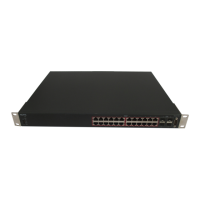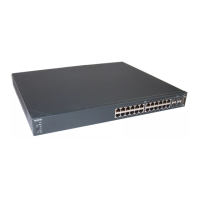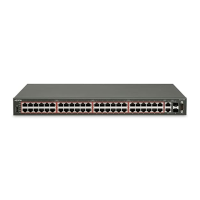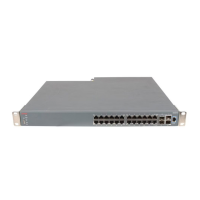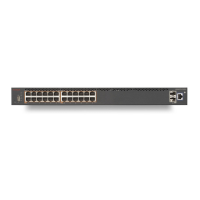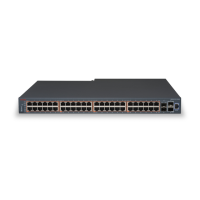If you select RADIUS Authentication when you set up passwords through ACLI, you must
specify the RADIUS server settings to complete the process. Ensure that you enter Global
Configuration mode in ACLI before you start this task.
T
o enable RADIUS authentication through ACLI, follow these steps.
1. Access ACLI through the Telnet protocol or a Console connection.
2. From the command prompt, use the radius-server command to configure the
server settings.
radius-server host <address> [secondary-host <address>] port
<num> key <string> [password fallback] timeout
Table 12: radius-server parameters on page 73 explains the parameters for the
radius-server command.
T
able 12: radius-server parameters
Parameter Description
host <address> The IPv6 or IP address of the RADIUS server that
is used for authentication.
[secondary-host
<address>]
The secondary-host <address> parameter is
optional. If you specify a backup RADIUS server,
include this parameter with the IPv6 or IP
address
of the backup server.
port <num> The UDP port number the RADIUS server uses to
listen for requests.
key <string> A secret text string that is shared between the switch
and the RADIUS server. Enter the secret string,
which is a string up to 16 characters in length.
[password fallback] An optional parameter that enables the password
fallback feature on the RADIUS server. This option
is disabled by default.
timeout The RADIUS timeout period.
3. Press Enter.
Related RADIUS Commands
When you configure RADIUS authentication, three other ACLI commands are useful to the
process:
1.
show radius-server
The command has no parameters and displays the current RADIUS server
configuration.
2.
no radius-server
Setting user access limitations using
ACLI
Configuration — System April 2011 73

